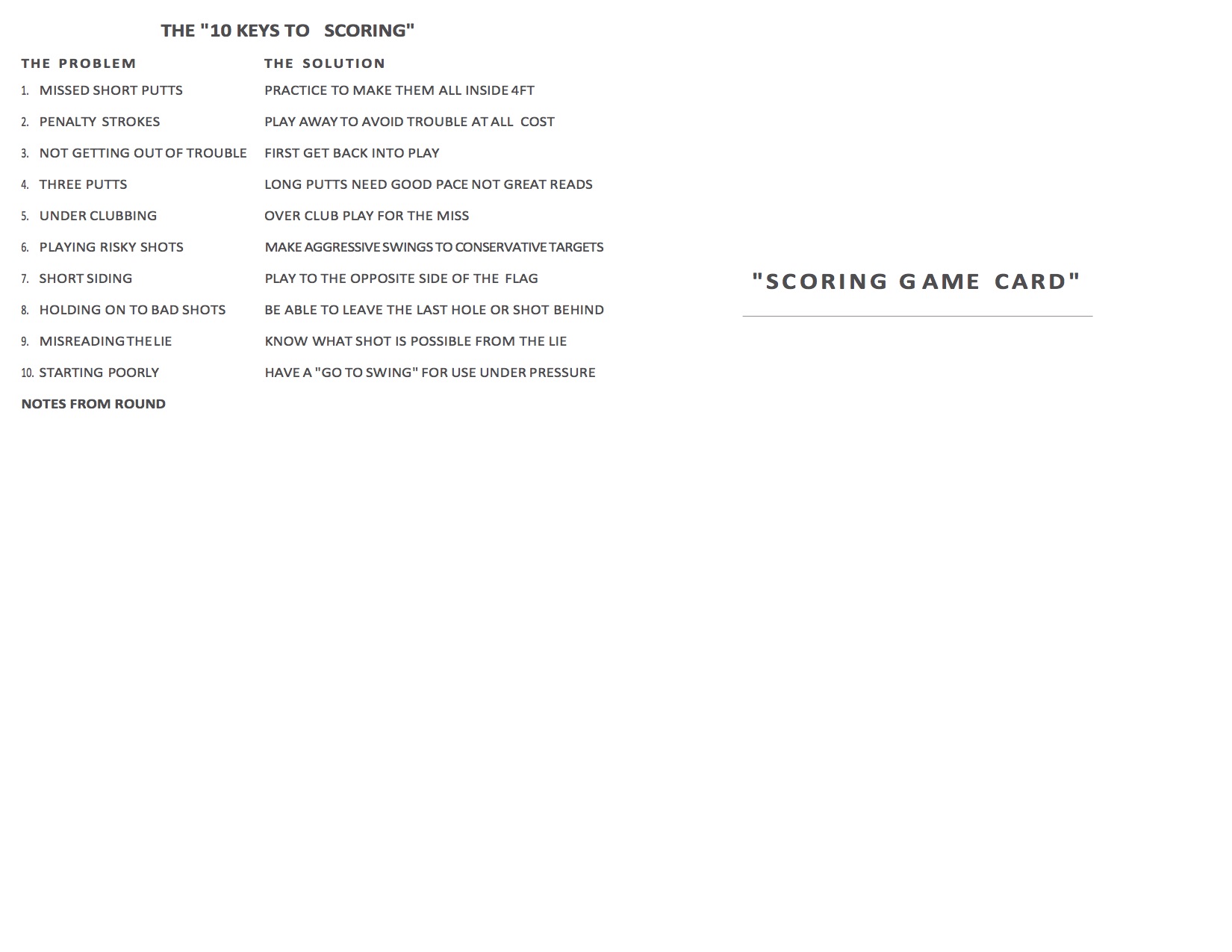Building Relationships Through Local Golf Show
Building Relationships Through Local Golf Show
We all know how quickly relationships can blossom on the golf course. Like a flower in the spring, friendships grow and flourish through golf year after year. Inevitably each season I will see two members or golfers who did not know each other prior to golf, end up becoming great friends simply by meeting at the golf course each week. There is something to be said for spending 4 hours with a person on the course, and we all know how golf can bring out both the best and worst in a person. These friendships that the game conjures up each season are truly everlasting.
When I talk about the game of golf, I always mention that social aspect. Playing a game that cannot be perfected is often a humbling experience. It can make you look like a fool in front of close friends. However, let me tell you bluntly that it happens to everyone, even golf pros. I’ve had moments of glory on the golf course for sure, but I’ve also had moments of frustration and embarrassment. But at the end of the day, those moments of frustration amongst friends and total strangers builds both character and most of the friendships I hold dear to me today.
So, in evaluating golf from the business side (my job) I value NOTHING above the relationships that we build with each and every golfer that walks through our door. It is our WHY. It’s why we do what we do. It’s so much more than a number on a spreadsheet. We provide an escape for all golfers who choose to spend their precious time with us. So, it is our job to get to know each and every one as best we can.
That is the main reason we chose to visit the Minnesota Golf Show in Minneapolis for the first time this season. It provided us with the opportunity to share our passion with plenty of people, some of which we knew, and some who didn’t even know we existed. In an era of social media posts and blogs, we got the opportunity to speak face to face with over 10,000 people who shared our passion for the game of golf. We got to shake their hands and they were able to feel both our energy and excitement.
I was blown away by the number of people we met from Hayward, Superior, Duluth, and all over the Northland who did not know we even had a golf course in Ashland, WI. Yet every person I talked to is in love with our area, and our Great Lake Superior. They truly look to our area as God’s Country up here and love travelling to golf. With golf on the brain and our infectious energy, I know without a doubt that many of them will come to visit us this season. Not because of an advertisement or social media, but because of the impression we were able to make with them face to face. Just as relationships are built on the golf course.
In speaking with Kevin, director of marketing & events with Twin Cities Golf, I was thrilled by his excitement about wanting to partner with our golf course in 2018. Twin Cities Golf provides golf to many locals in the Twin Cities area. They travel place to place but only go as far North as Big Fish in Hayward currently. Kevin made me aware of the demand for golf up North, so we are happy to welcome them. It was a conversation you could only have in person to understand just how hungry golfers are to play golf in the Northwood’s.
We visited the golf show this year to not simply grow our business, but to build relationships with both our current clients and future clients. I am confident that we were able to do both. To quote the Dalai Lama, “In order to carry a positive action, we must develop a positive vision.” Our vision is clear, and so is our WHY. We’ll see you on the course, happy golfing!


